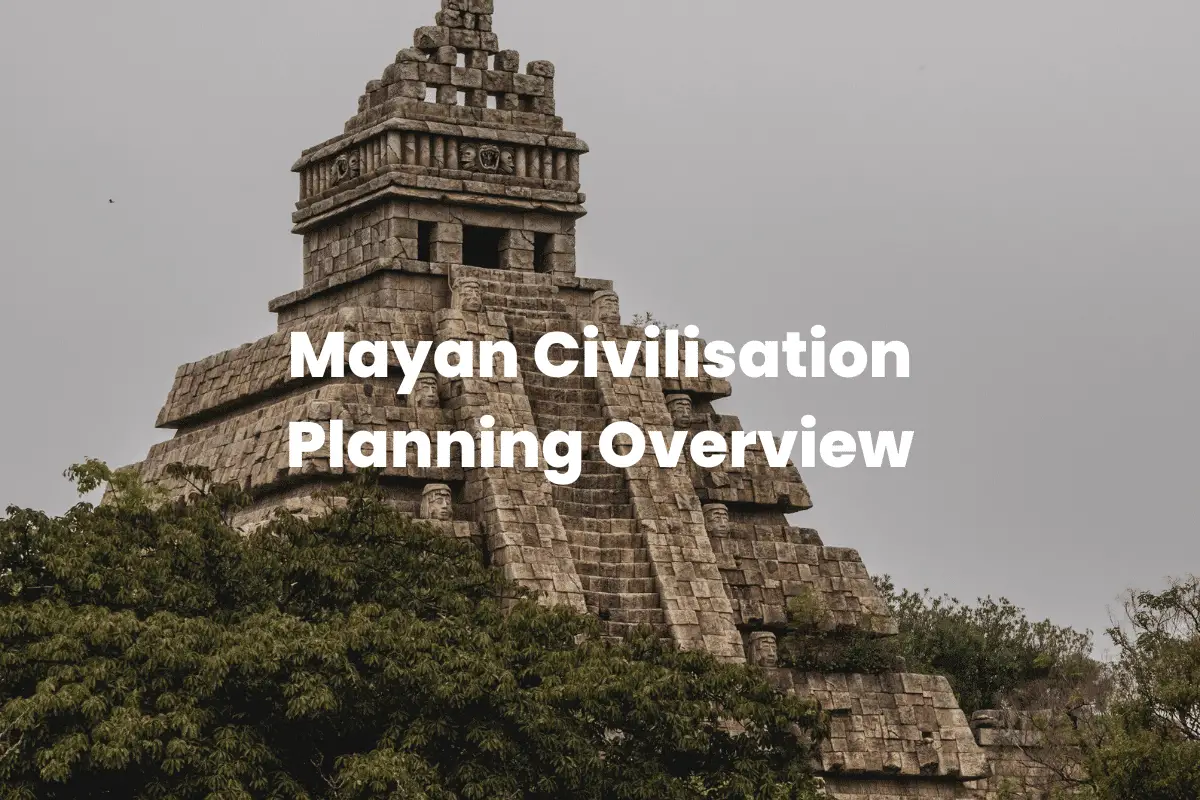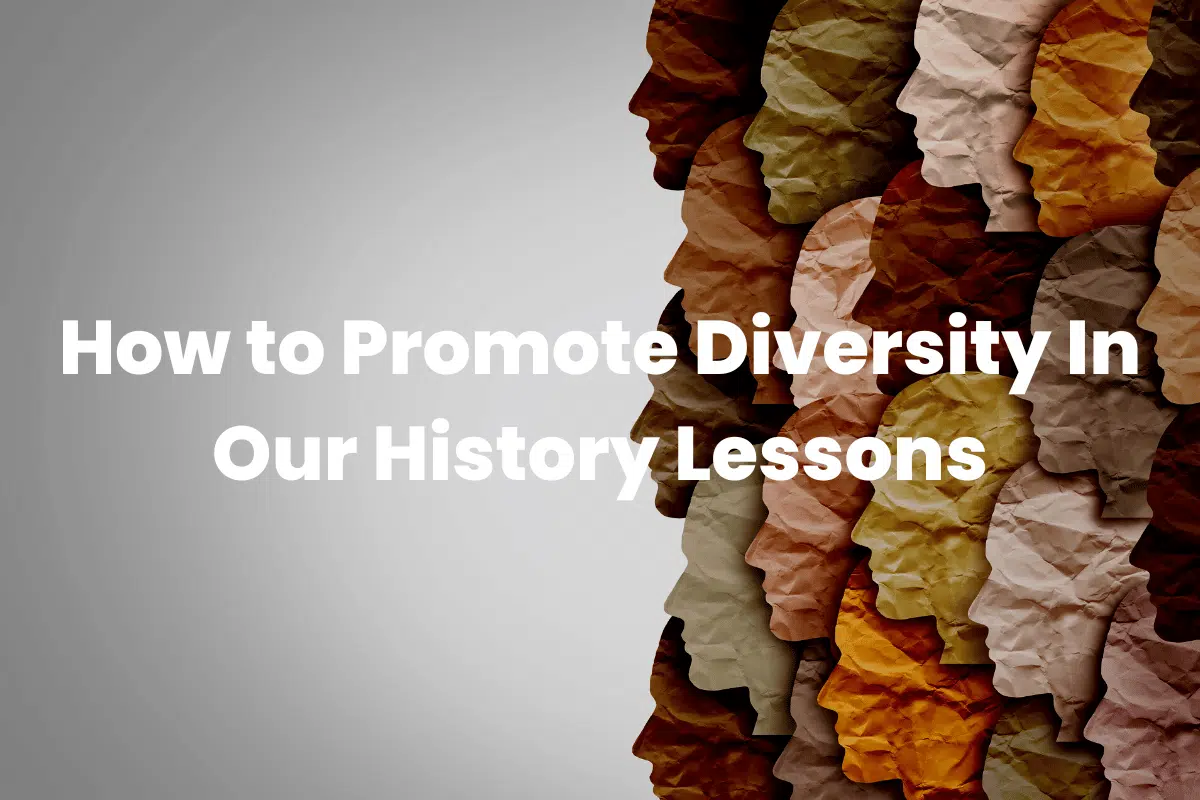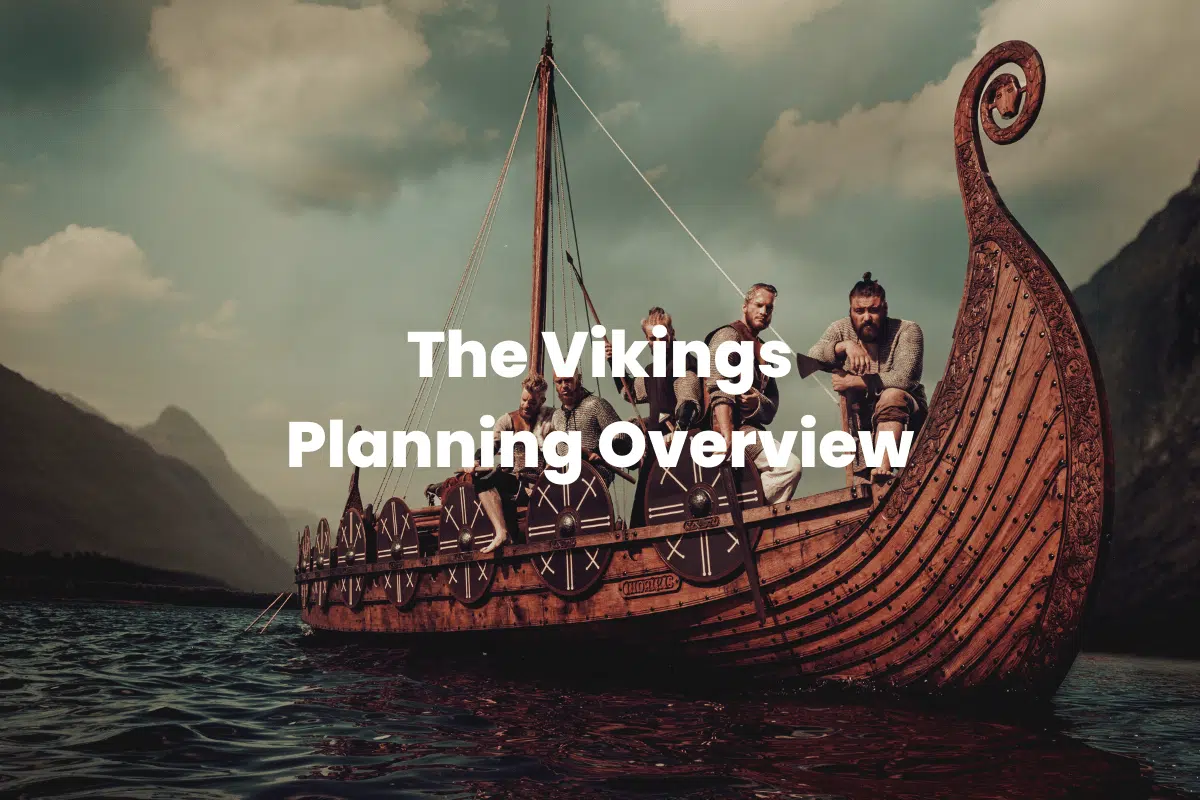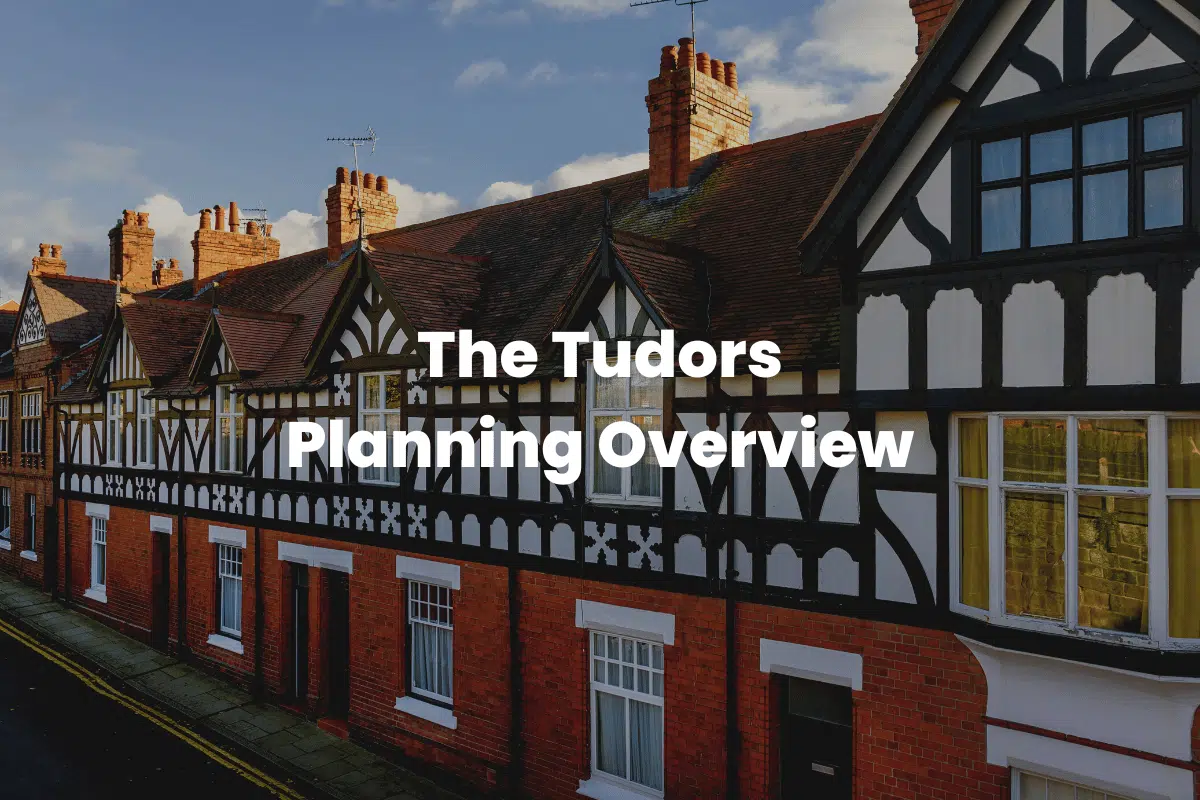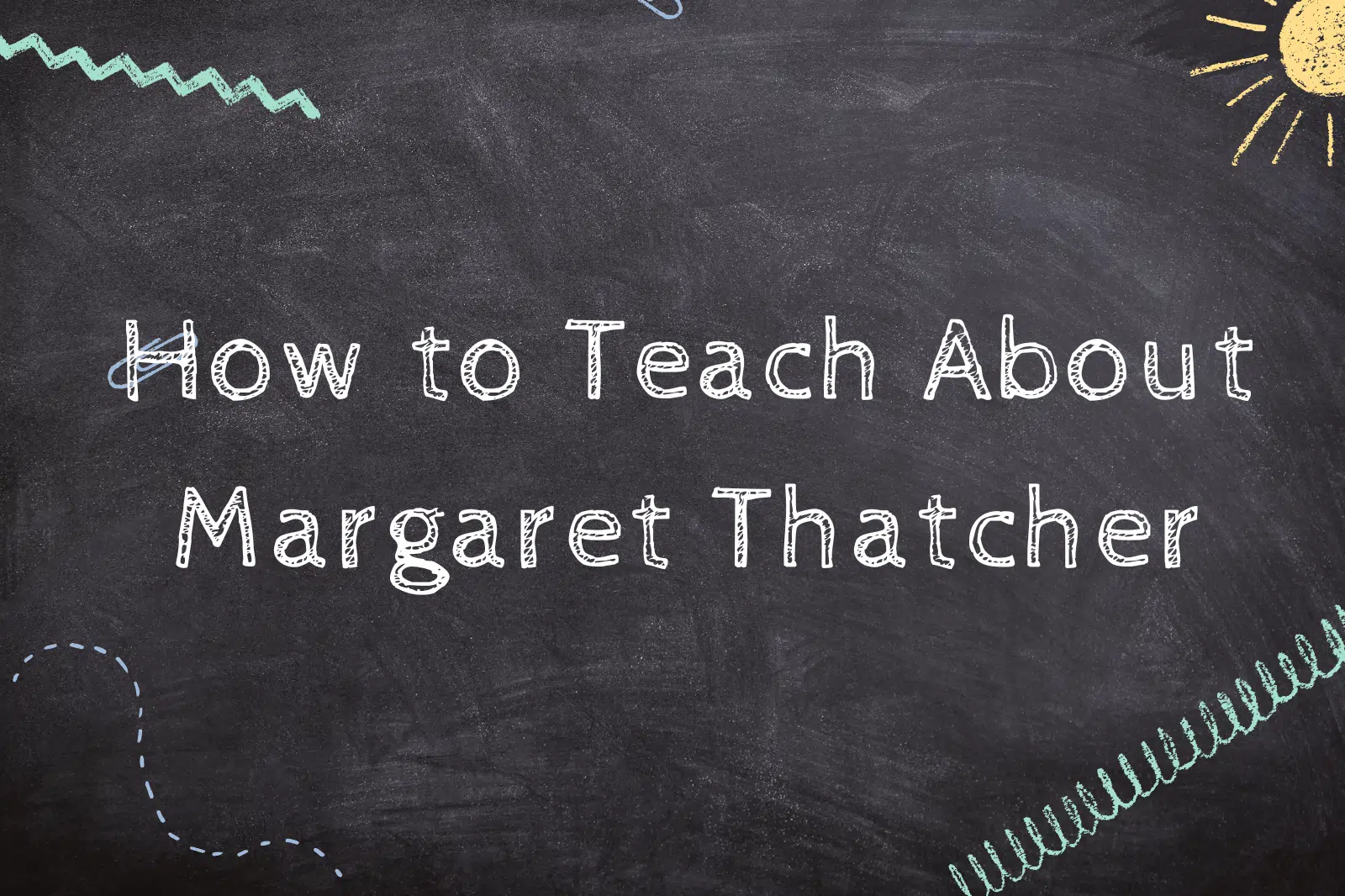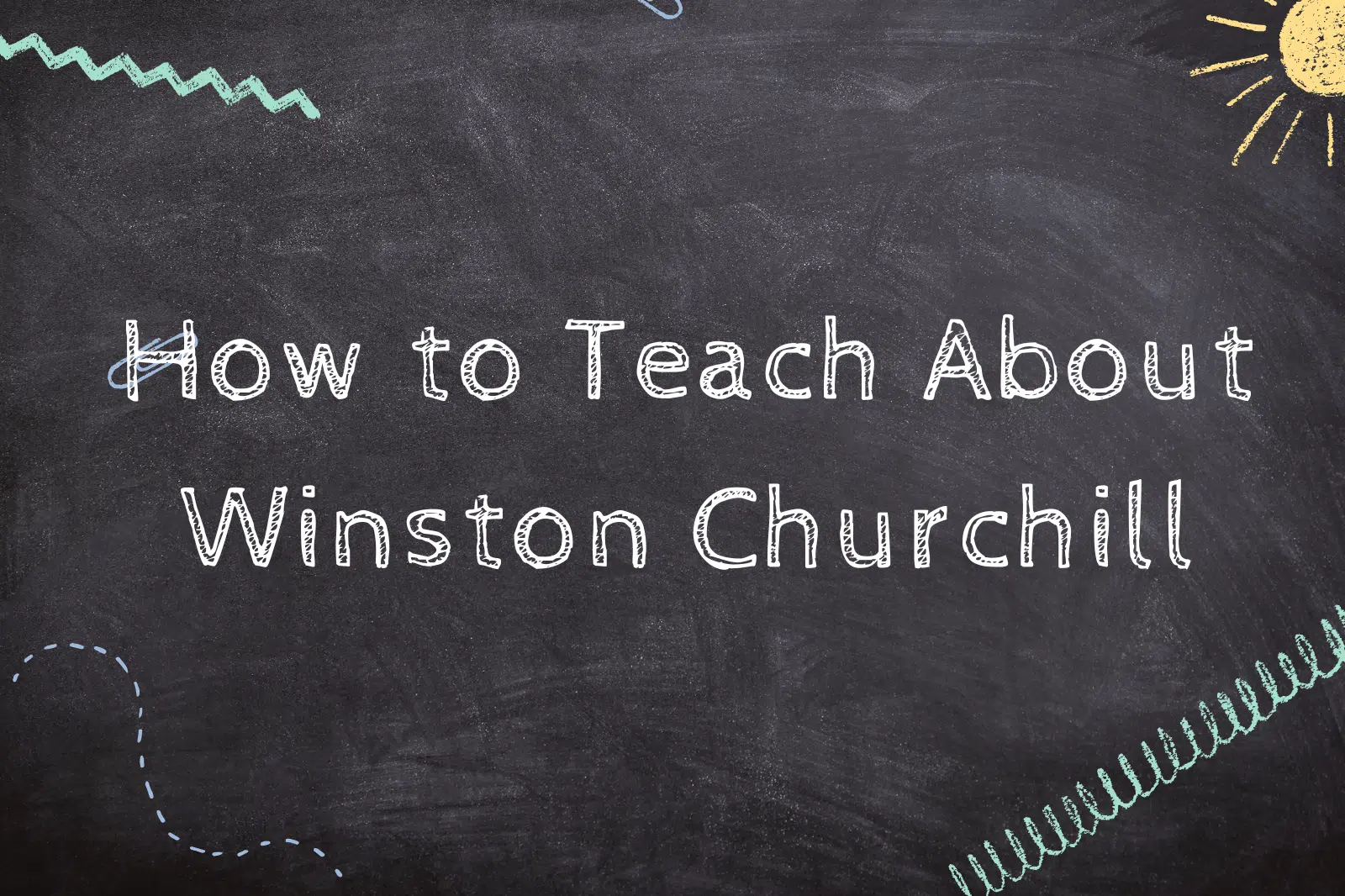In the UK, the Reception year sets the stage for children’s formal education, laying the groundwork for a lifetime of learning.
During this formative stage, history is not typically treated as a standalone subject; instead, it is woven into the broader learning area of ‘Understanding the World’, which forms part of the Early Years Foundation Stage (EYFS) curriculum.
Engaging with the past in Reception serves as preliminary exposure to historical concepts, introducing children to the flow of time and the notion that their own lives form part of a broader historical narrative.
Related: For more, check out our article on What Spelling Rules Are Taught In Reception?

Through a variety of teaching methods, including the use of storybooks and activities, children begin to grasp the concept of time and recognise differences between past and present.
Oral storytelling, picture books, and historical artefacts provide young learners with an accessible way to engage with history, nurturing curiosity about the world they live in.
This early encounter with history in Reception paves the way to a more structured approach to the subject in Key Stage 1, where historical knowledge and understanding are further developed.
Key Takeaways
- Reception history introduces key concepts through engaging activities.
- Stories and artefacts are pivotal in fostering historical awareness.
- The EYFS framework guides children’s preliminary understanding of time.
Related: For more, check out our article on What Geography Is Taught In Reception?
Foundations of Historical Understanding

In the foundation stage, children need to grasp the basics of historical understanding. This includes developing a sense of time, recognising changes, and appreciating the importance of routines.
Understanding Time
Children begin to develop an understanding of the concept of time through activities that introduce them to the past and the passing of time.
This can include simple practices like discussing events that have happened in their own lives in a sequence, such as what they did in the morning versus the afternoon, which helps them distinguish between different parts of the day.
Identifying Change
Identifying changes over time is a crucial aspect of historical understanding. Teachers may use photographs or stories to illustrate how places, people, and daily life have changed from the past to the present.
This helps children realise that changes over time affect everything around them, from the way people dress to the modes of transport.
Establishing Routines
Establishing routines supports children’s understanding of time and change by providing a structured daily pattern that they can recognise and predict.
Everyday activities, such as a morning register or a story after lunch, create a predictable environment where children can begin to measure and anticipate the passing of time through the regularity of these events.
Related: For more, check out our article on How To Follow Development Matters In Geography?
Exploring the Past Through Stories

Reception pupils discover the importance of historical events, language and interpretation through the power of storytelling, aligning with the national curriculum’s expectations for understanding the past.
Storytelling in Reception
In Reception, teachers utilise storytelling as a primary means to introduce young learners to the past. By listening to stories, children begin to comprehend the flow of events and the concept of time.
Storytelling sessions often include tales that feature familiar creatures like frogs and butterflies, engaging children’s imagination while subtly embedding historical context.
For example, a story about a frog’s life cycle can ignite a discussion about growth, change, and time, key concepts in understanding history.
Using Literature
Literature in Reception serves as an indispensable tool for shaping early historical understanding. Children encounter settings, characters, and events from different times through books selected for class reading, which align with the Early Learning Goals.
This engagement with literature aids in the development of English language skills. As they build vocabulary, they also learn to extract meaning and gain an appreciation for the narrative structure of history.
Historians value this early exposure to past narratives as it lays the groundwork for critical thinking and a more nuanced interpretation of historical events in later educational stages.
Learning From Artifacts and Visual Evidence

Artifacts and visual evidence play a crucial role in shaping young learners’ understanding of history.
They act as tangible links to the past, offering a hands-on approach to learning about historical periods and the patterns of life within them.
Artifacts in Learning
In Reception, artifacts provide a sensory-rich experience that can spark curiosity and aid in developing a foundational knowledge of history. Teachers might introduce items from home, such as old toys or family heirlooms, as a way to connect children with the concept of the past.
For instance, comparing modern toys with toys from previous generations helps pupils notice differences and similarities, prompting discussions about change over time.
- Evidence of the past: Artifacts as learning tools
- Understanding: Artifacts stimulate inquiry and interpretation.
- Knowledge: Each item holds clues about its time and usage.
- Historical periods: Toys can represent specific decades or eras.
Engagement with artifacts often includes handling replicas or examining real objects while considering their origins and uses.
Through this, children gain insight into everyday life of different times, fostering a deeper understanding and interest in historical research.
Observing Photographs
Photographs are a visual chronicle of the past, serving as a window into historical moments.
In the classroom, the observation of old photographs can highlight the concept of ‘then and now,’ allowing children to make direct comparisons between their own experiences and those from before their time.
- Evidence in imagery: Photographs as a narrative
- Patterns: Recognisable aspects of life across time periods.
- Understanding: Deciphering context and story behind a photograph.
By looking at photographs, Reception pupils learn to identify not just the more apparent features such as clothing or transport, but also the less obvious details that contribute to the tapestry of social history, such as the expressions on faces or the environment surrounding the subjects.
This process helps children to form a visual understanding of history, complementing the knowledge gained from physical artifacts.
Cultural and Historical Awareness

Cultural and historical awareness in the Reception year focuses on the recognition of one’s own family, traditions, and the natural world; these themes are central to fostering a child’s respect for the past and understanding of change.
Through structured activities and storytelling, children begin to relate to different cycles in life and nature.
Family and Traditions
In Reception, the history curriculum encourages children to explore the concept of family. They share stories about their grandparents and significant events, understanding tradition as an integral part of family life.
Activities might include drawing family trees or discussing family celebrations, which serve as a practical method for children to connect with history and recognise the value of cultural traditions.
Life Cycles and Nature and Gardens
Reception classes also introduce children to the natural world’s life cycles, such as those of butterflies and frogs. Children learn about growth and change by engaging with annual plants in the garden, observing how they evolve from seed to flower.
Teachers might organise group activities where children plant seeds and care for them, highlighting respect for nature and understanding biological life cycles.
This hands-on experience with nature complements stories and discussions about living things and their environments, cementing real-world knowledge into the young learners’ minds.
Introduction to National History

In the United Kingdom, the structure of history education is meticulously crafted by the national curriculum, providing pupils with a diverse and robust understanding of the past.
This education begins early with the Early Years Foundation Stage (EYFS), which sets the stage for future learning by introducing children to fundamental concepts in an engaging manner.
As students progress to Key Stage 1 (KS1), they delve into more structured history lessons. Here, they encounter an array of historical narratives, including significant periods such as Ancient Greece and the Roman Empire, gaining an appreciation for the impact of ancient civilisations.
They learn about settlements and how societies were formed, including the influences of power and perspective over time.
The national curriculum dictates a chronological approach that ensures students understand British history as a coherent narrative. They explore the lives of significant individuals and events from different periods, including the Stuart era, which shaped the nation’s history.
Throughout this educational journey, the emphasis is placed on developing historical awareness and analytical skills, not just rote memorisation of events.
This framework prepares students for Key Stage 2 (KS2), where they build upon these foundations with a deeper exploration of historical themes and concepts, further solidifying their understanding and appreciation for the nation’s past.
By following the framework set by the national curriculum, British students receive a thorough grounding in the subject, fostering an informed and balanced view of history that will continue to develop throughout their educational career.
Historical Language and Concepts

In the Reception year of British primary education, children are typically introduced to the fundamentals of history through experiential and language-based activities.
It’s essential to approach this subject with age-appropriate content that ignites curiosity about the past.
Vocabulary development is a key aspect of learning history at this stage. Pupils start by understanding basic historical terms such as past, present, old, and new.
They are encouraged to articulate differences between their own lives and those in the past. Historical language forms the backbone of the Reception history experience and is integrated with reading and writing to reinforce learning.
Below is a table highlighting the kind of language introduced:
| Historical Term | Definition |
|---|---|
| Past | Something that happened before now |
| Present | What is happening now |
| Old | Something from a long time ago |
| New | Something recent or just made |
Teachers weave in stories and books set in different times, which helps in developing a reading habit that’s enriched with historical context.
In terms of writing, young students may draw or write simple words related to historical concepts they are exploring, such as labelling a picture of a castle or a dragon.
They practice writing dates and sequencing events in a basic timeline which can sometimes involve Latin numbers.
The integration of Latin is minimal at this stage but may occasionally be used to expose students to numeral systems of historical significance, albeit playfully and engagingly.
The approach to teaching history in Reception is to make it as tangible as possible, so the pupils can gain a foundational understanding of time and history’s impact on their lives.
Reception Topics – Keystage History
Frequently Asked Questions
In the Reception year of primary education, history is woven into the Early Years Foundation Stage (EYFS) curriculum through various themes and activities that introduce young learners to historical concepts in an engaging way.
How is history integrated into the Early Years Foundation Stage (EYFS) curriculum?
History in Reception is included under the ‘Understanding the World’ area of learning, specifically within ‘Past and Present’. It aims to give children a foundation in historical understanding through topics that feel relevant and accessible to their everyday experiences.
What historical topics are covered in the Reception year of UK primary education?
Reception pupils may encounter historical topics that are oriented around their own lives and experiences such as changes within living memory or significant events and people from the local area.
What types of resources and books are recommended for teaching history in Reception?
Educators are guided to use a range of story books and resources that are suitably tailored for early years learners, facilitating discussions about the past through stories and illustrations.
How do teaching methods for history in Reception differ from those in Year 6?
In Reception, teaching methods for history are play-based and focus on developing a sense of chronology through everyday experiences and stories. In contrast, Year 6 adopts a more structured approach to the subject, with an emphasis on critical thinking and evidence analysis.
What activities are suggested for introducing historical concepts to early years learners?
Activities for Reception pupils often involve role-play, making timelines of their own life or working with artefacts to stimulate conversations about the past.
What is the role of storytelling and play in delivering history lessons to Reception pupils?
Storytelling and play are central to teaching history in Reception. They help to cultivate a young child’s curiosity about the past, allowing them to explore historical concepts in a familiar and imaginative context.

